|
by Amy Catania Seeking some historical perspective on the current pandemic, Historic Saranac Lake recently hosted an imaginary panel discussion at St. John’s in the Wilderness Cemetery. Three generations of Doctors Trudeau shared their thoughts on change and continuity in science and public health. CAST OF CHARACTERS
MODERATOR: In your lifetimes, each of you witnessed major advancements in the scientific understanding and medical treatment of infectious disease. Does it surprise you to see a new virus set the world back on its heels? DOCTOR 2: Indeed, it is a shock. Today’s situation reminds me of the flu that I saw when I served on military base during the Great War. Basic nursing care and sanitary measures were our only weapons. DOCTOR 1: In my time, huge advancements were made in science and medicine, so it is surprising to see the mess we are in with this new virus. 150 years ago, I came to Saranac Lake fighting "consumption," a disease that was killing 1 in 7 people in our country. We had no idea what caused it or how to cure it. Then, in 1882, Dr. Koch discovered the tubercle bacillus under the microscope in Germany. It seemed science would save the world from infectious disease. DOCTOR 2: When the antibiotic treatment for TB was perfected in the 1950s, it was a miracle. Many of my patients who had been sick for years suddenly got out of bed and returned to the living. DOCTOR 3: Thanks to groundbreaking advancements like antibiotics and the polio vaccine, there was great optimism. U.S. Surgeon General William Stewart announced in 1969 that the time had come to “close the book on infectious disease.” DOCTOR 1: I can understand that perspective. “Optimism in Medicine” was the title of my last public speech! MODERATOR: Yet tuberculosis continues as a major public health threat, even now. And here we are with a new virus wreaking havoc around the world. What went wrong? DOCTOR 1: Looking back on my early struggles in the laboratory, I knew then that microbes are tricky little buggers. It is no wonder that they continue to outwit us. DOCTOR 3: In the 1960s, Eastern Europe was experiencing a resurgence of TB. Some doctors from the Soviet Union visited Saranac Lake to learn about our old surgical methods for TB. It drove home for me that science isn’t a straight trajectory. Microorganisms keep evolving. Overused and misused, antibiotics are losing their effectiveness. Some 1.5 million people are expected to die of TB in this new year! Scientific development of new antibiotics is woefully underfunded today. DOCTOR 1: Research dollars flow to where there is money to be made, not necessarily where human health most needs the research. I founded my Saranac Laboratory in 1894 as purely a research laboratory, with no commercial side to it. Soon I realized the difficulty of that model. DOCTOR 3: Still, I have such hope in science! In 1964, I opened the doors of the new Trudeau institute for the first time. I was so proud on that day, and I am thrilled to see Trudeau Institute still with us, carrying out important research. Science holds great promise. Just look at the rapid development of COVID-19 vaccines! DOCTOR 1: Today's vaccines are an achievement that I could have never imagined back in the early days when my microscope was lit by natural light. But it must be a two-pronged approach — science and public health. MODERATOR: What do you think about the state of the public health system today?
DOCTOR 3: Under-resourced systems are straining to care for the sick, administer the vaccines, and prepare for the next disease. The lack of attention to public health is not new. In my time, as we came to rely more on pharmaceuticals, the holistic sanatorium model — buttressing the immune system with a long-term approach to wellness — fell by the wayside. DOCTOR 2: I remember when the last patient left the sanatorium in 1954. It was a sad day for Saranac Lake, but a hopeful day for humanity. We thought then that the magic bullet of pharmaceuticals would simplify patient care and ultimately take the place of many prevention measures. It hasn’t been that easy. DOCTOR 1: It’s been true for a long time — more lives are saved by public health measures than by medical care. Population density, poor sanitation, unventilated spaces, poverty, stress … all of these ills of the modern world contribute to infectious disease. (Yes, the late 1800s were “modern” to us then!) Addressing those conditions was (and is!) essential to improving human health. The world has taken shortcuts around simple public health measures. Coronavirus proves the danger of that approach. DOCTOR 2: With each returning disease, like plague and Cholera, to new ones like HIV, Ebola, SARS, and COVID-19, public funding for emergency response and prevention surges, but then it declines again. MODERATOR: Today's virus isn’t just hitting poor countries hard. Wealthy countries like the U.S. are struggling too. What’s going on? DOCTOR 1: COVID-19 reveals that the same deep inequalities that bred the rise of TB in the 1800s are still with us. DOCTOR 2: It’s a terrible tragedy. I read that on average, each victim of COVID-19 has lost 13 years of life. Blacks and Hispanics are more than twice as likely to die of the disease. But many turn a blind eye. Many people doubt science and medicine and distrust their fellow citizens. Political divisions, exacerbated by the pandemic, are threatening our democratic system. DOCTOR 3: Disease doesn’t have to sow division. There is another path. Look how Saranac Lake came together as a community that cared for the sick with compassion. DOCTOR 1: Empathy was at the heart of our work at Saranac, and the world needs more of it now. I never hired a nurse, orderly, or doctor who did not have that essential quality. I am proud of today’s heroes in medicine and science. Their courageous work during this difficult time reminds me of a favorite phrase, “To cure sometimes, to relieve often, to comfort always.” Sources and Acknowledgements - Epidemics and Society by Frank Snowden, Yale University Press, 2019. - Covid-19 age expectancy statistic: January 2021 "Harper’s Index," Harper's Magazine, Stephen Elledge, Harvard Medical School. - Special thanks for input from Laura Ettinger, Ph.D., Associate Professor of History at Clarkson University and Dr. Tony Holtzman, Emeritus Professor of Pediatrics, Johns Hopkins University.
3 Comments
Mato Ray
3/28/2022 07:38:16 am
Reply
Mato Ray
3/28/2022 07:39:56 am
Reply
Gavin Wear
6/30/2022 03:43:53 pm
I am here to spread this good news to the entire world on how Dr Emu helped me solve my infertility problem and i am so happy now that i am now a mother because for over 4 years i have been trying to get pregnant and needed help, i and my husband always go for medical check up and the doctor always say that the both of us are fine and i have nowhere else to get help from and all hope was almost lost until one day i visited a friend of mine and i told her what i was passing through and she introduce me to this great spell caster called Dr Emu who helped her when she was in need of help, so i took a try to contact Dr Emu through his email and i explain all my problem to him and after we have talked he perform an infertility spell for me and after that he told me what i should do, and i followed the instruction he gave and after that he instructed to sleep with my husband and also i followed the instruction and he said that the next week i should go for medical check up and the doctor confirmed that i was 4 months pregnant and i was so happy that all my sorrows were gone for ever, i am so very happy now and also if you need any kind of help or the same line with mine, contact Dr Emu on his email: [email protected] or call/text his whatsapp phone number +2347012841542 visit facebook page: https://web.facebook.com/Emu-Temple- 104891335203341
Reply
Your comment will be posted after it is approved.
Leave a Reply. |
About us
Stay up to date on all the news and happenings from Historic Saranac Lake at the Saranac Laboratory Museum! Archives
August 2022
Categories
All
|
Historic Saranac Lake at the Saranac Laboratory Museum
89 Church Street, Suite 2, Saranac Lake, New York 12983
(518) 891-4606 - [email protected]
89 Church Street, Suite 2, Saranac Lake, New York 12983
(518) 891-4606 - [email protected]

Historic Saranac Lake is funded in part by the New York State Council on the Arts with the support of the Office of the Governor and the New York State Legislature,
and an Essex County Arts Council Cultural Assistance Program Grant supported by the Essex County Board of Supervisors.
and an Essex County Arts Council Cultural Assistance Program Grant supported by the Essex County Board of Supervisors.
© 2023 Historic Saranac Lake. All Rights Reserved. Historic photographs from Historic Saranac Lake Collection, unless otherwise noted. Copy and reuse restrictions apply.
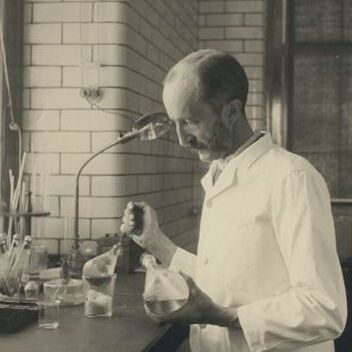
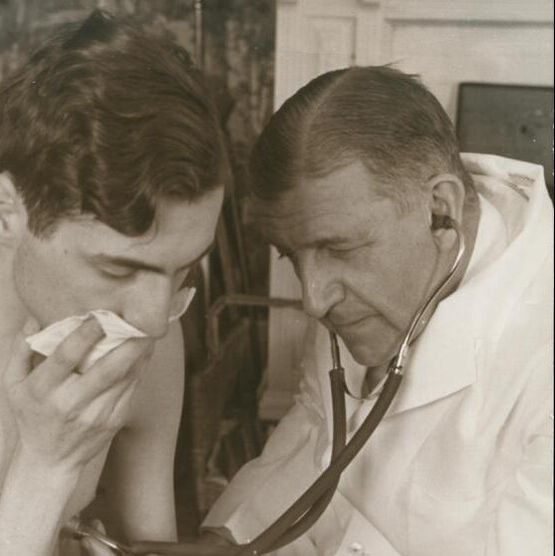
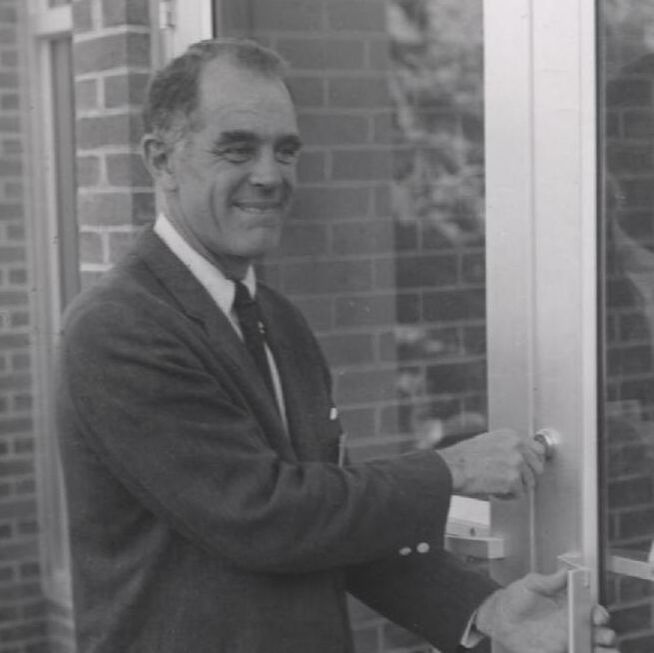
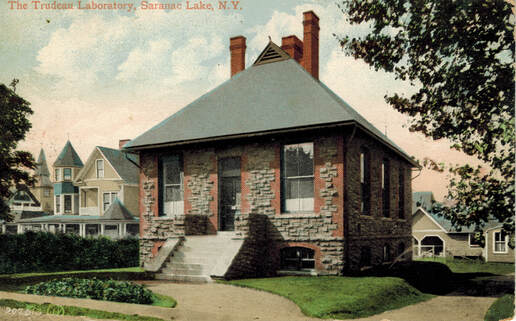
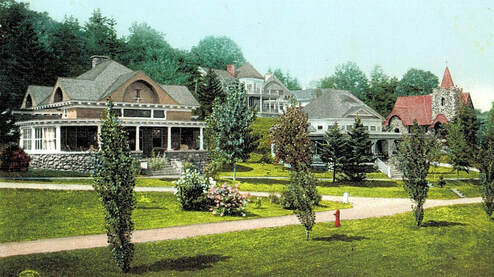
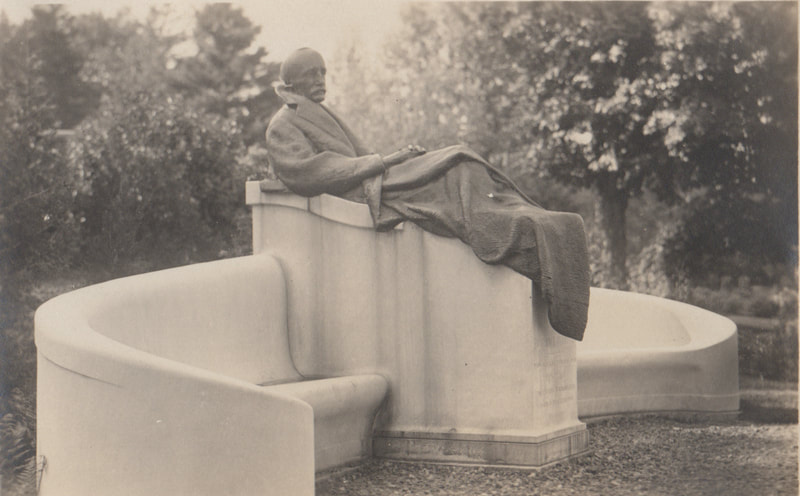
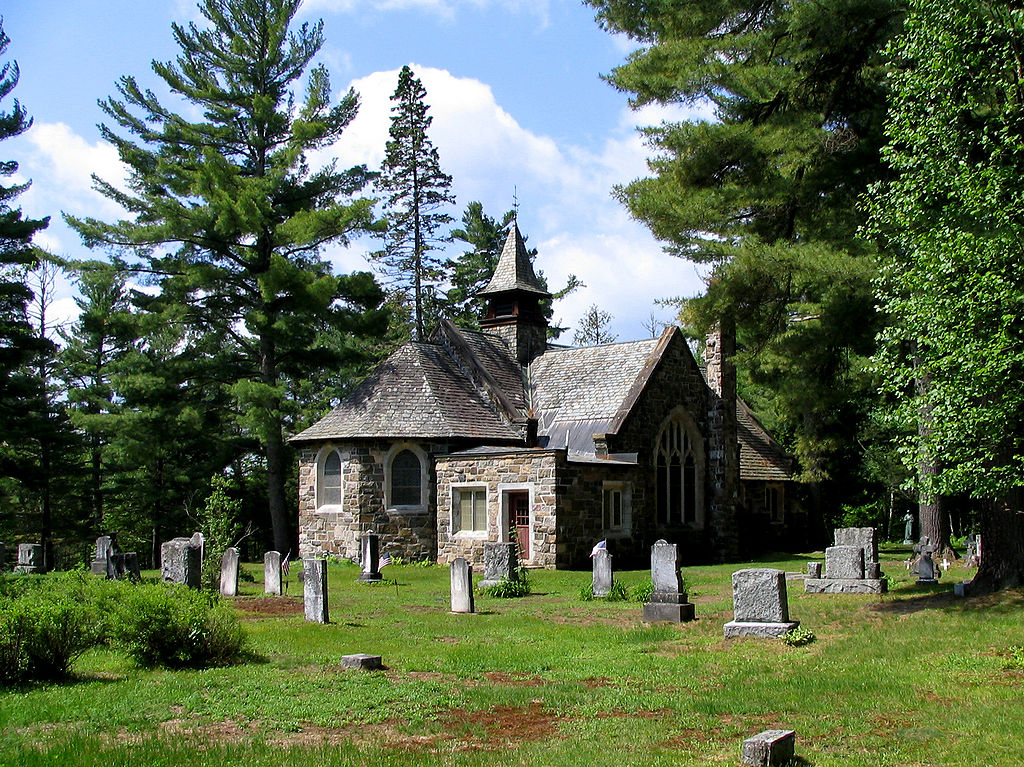
 RSS Feed
RSS Feed